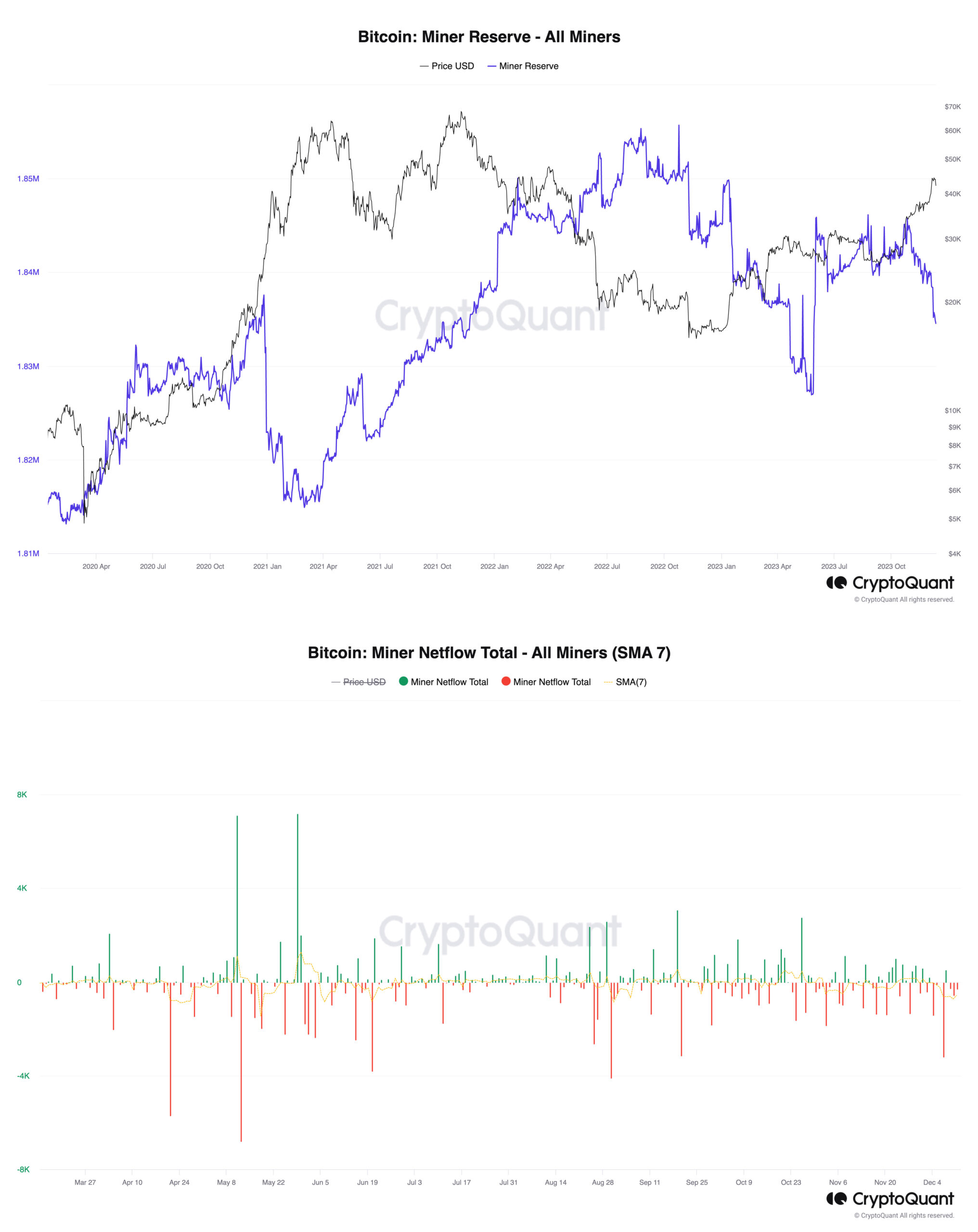The price of Bitcoin faced selling pressure on the night of December 11, dropping by approximately 7.5% to a level of $40,640. Multiple factors contributed to this decline. So, what is expected for Bitcoin, which is being traded at the level of $42,264 as the article is written? Let’s examine together.
Why Is Bitcoin Falling?
The decline in Bitcoin on the night of December 11 indicates a scenario towards the futures market in overbought conditions. Especially, Bitcoin’s daily relative strength index (RSI) has been trading above 70 since December 5, which shows that the Bitcoin price is overpriced. An overbought RSI level generally leads to the formation of local market peaks with the decrease of buyers and the increase of sellers.

On-chain data also shows an upward exhaustion among investors. For example, the net unrealized profit/loss (NUPL) indicator, which represents the ratio of investors making a profit from Bitcoin investments, drew attention for the first time since December 2021 by rising above 0.5.

In short, most Bitcoin investments are currently sitting on unrealized gains, which increases the probability of investors making a profit at current market peaks.
Possible Scenarios About Bitcoin Price
Monitoring the reserves of Bitcoin miners further solidifies the profit-making scenario. According to wallet data tracked by CryptoQuant, the decline in Bitcoin on the night of December 11 is followed by a significant decrease in miners’ Bitcoin assets. This situation coincides with the increase in Bitcoin flows to crypto exchanges, which indicates that they intend to sell or have already sold.

It seems that miners are securing their profits due to the halving event that will cut their rewards in half. Combined with the increased competition indicated by the rising hash rate, Bitcoin miners will likely adopt strategies that strengthen their cash assets in this situation.
The price drop in Bitcoin coincided with the liquidation of long positions worth $87 million in the futures market. In contrast, only $9.91 million worth of short positions were liquidated.

When the market liquidates a large number of long positions, the nature of futures inherently sells a significant amount of assets suddenly. This situation can trigger stop-loss orders set by other investors waiting in the long position, potentially creating more selling pressure.

 Türkçe
Türkçe Español
Español









